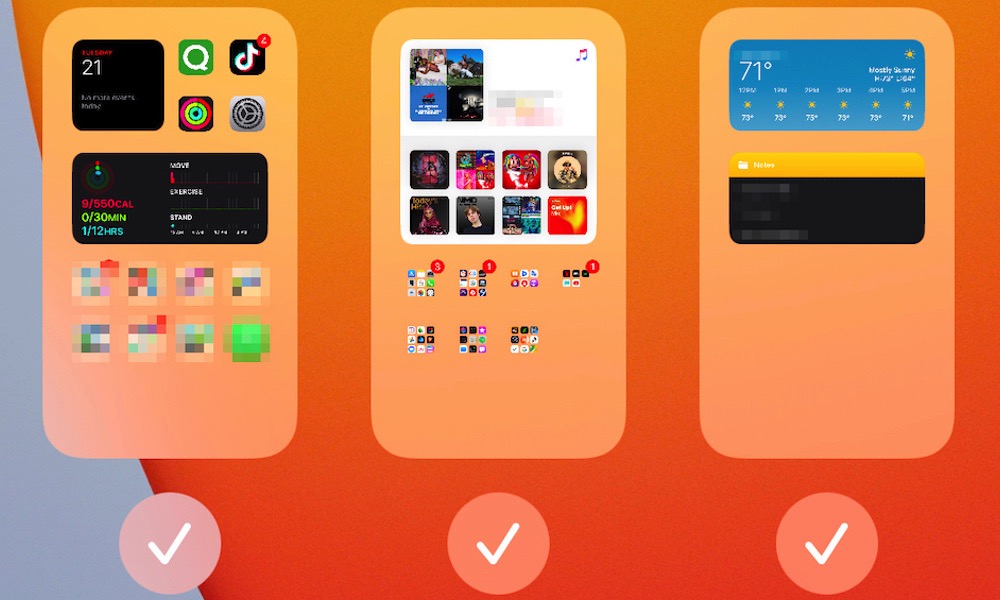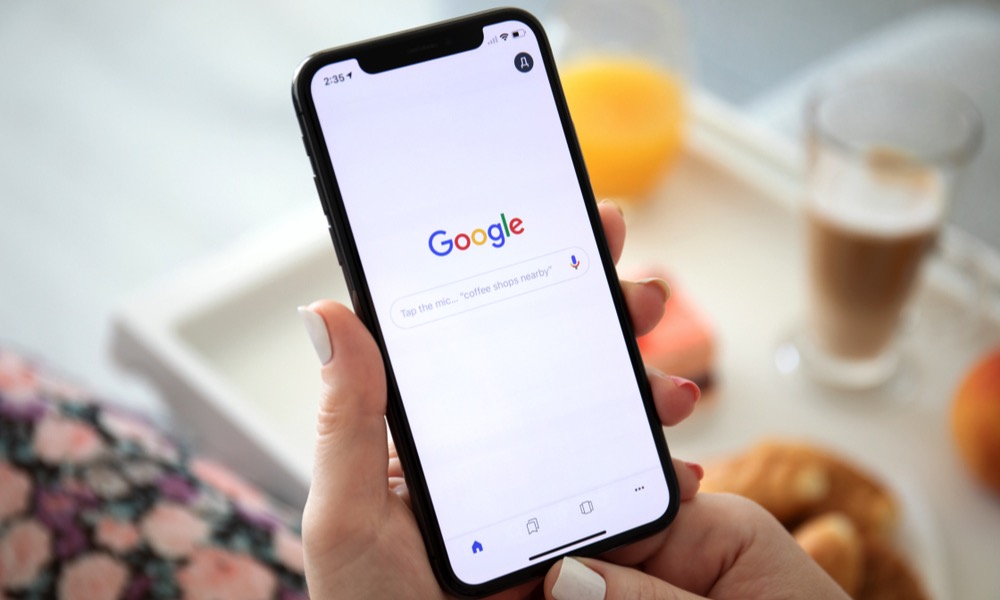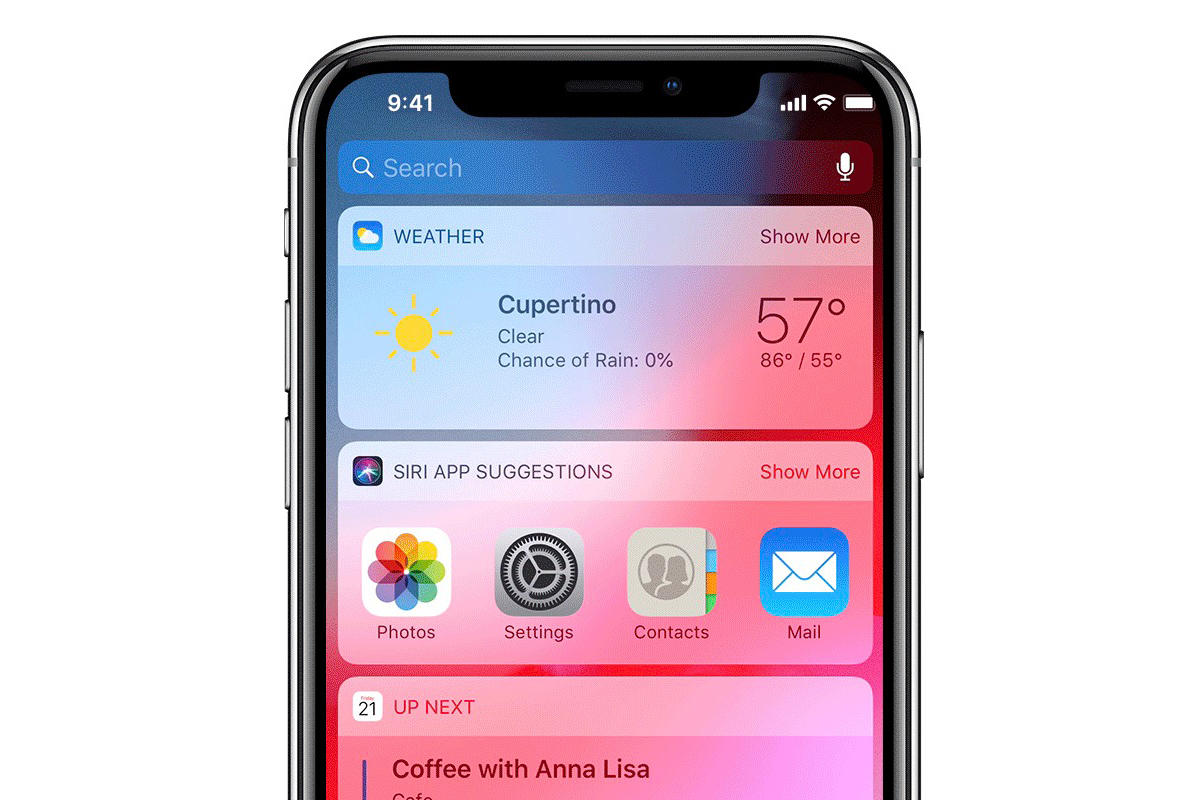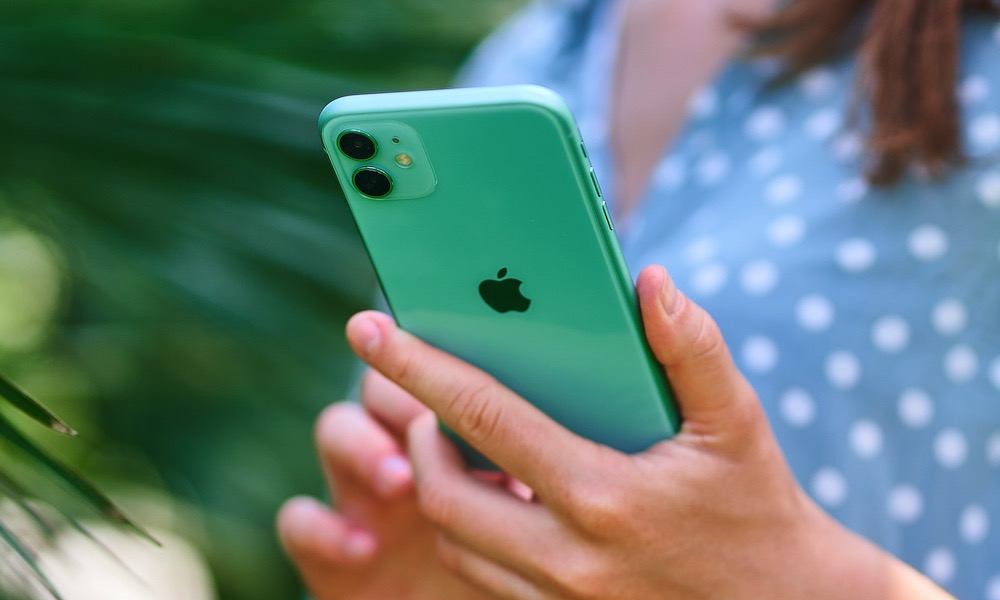Five Hidden iPhone Menus and Gestures You’re Likely Missing
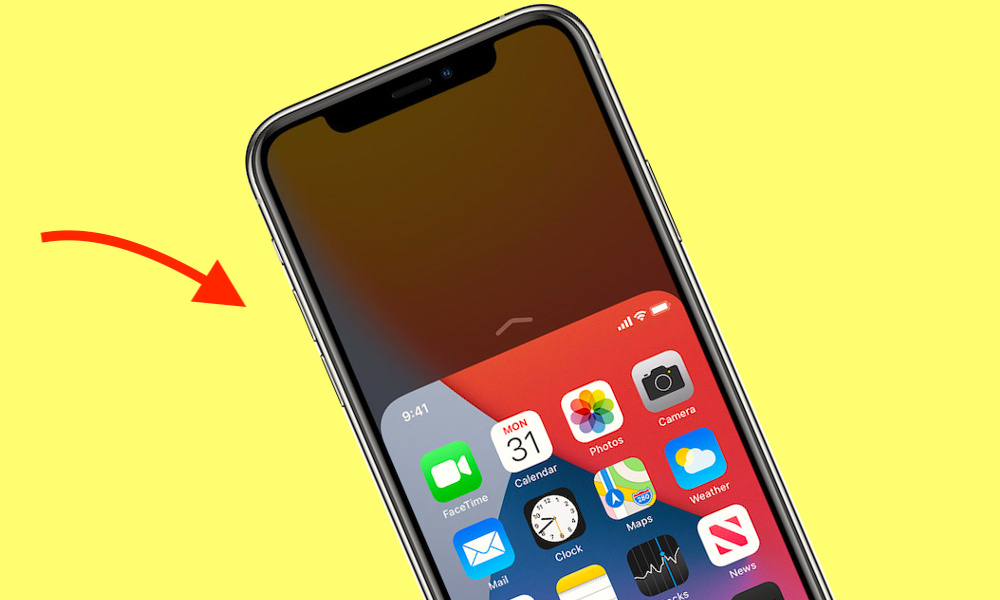 Credit: Apple
Credit: Apple
Because it has a touch interface, Apple can embed a variety of different gestures into the iPhone. And when the company ditched the Home button and switched to Face ID, the number of available gestures skyrocketed. Once you learn these gestures, you'll be able to access a handful of obscure menus and gestures that most people don't even know exist. Continue reading to learn about five of them.
Hidden Home Screen Pages
If you are like me, you organize your home screen into pages or similar apps – but I always have one or two pages of apps that I no longer use. Hide those home screen pages by doing the following:
- Long-press on your home screen until you enter edit mode (the icons will wiggle).
- Then tap on the dotted page indicator at the bottom to access the page view.
- Each visible home screen page will have a checkmark underneath it. Tap to remove the checkmark and hide the home screen page from view.
Move Between Web Pages or Screens in an App
Forget the forward or back buttons. You can move between web pages with a simple swipe. Open Safari on your iPhone and browse through a few web pages.
- When you want to go back a page, swipe right from left across the center of your screen.
- Swipe left to right to move ahead a page.
This gesture also works in other apps like Facebook, allowing you to move from screen to screen.
Widget Screen
iOS lets you add widgets to your home screen, allowing you to view the weather, check your schedule, and more at a glance. These mini-apps can be placed anywhere on your home screen. Apple, though, has clustered a bunch of them together on a hidden screen.
To access this screen, simply keep swiping from left to right until you reach the widget section. You can remove the default widgets and add any app that has a widget to this screen.
- To add a new Widget, swipe until you reach the widget screen and look for the Edit button at the bottom.
- You can remove widgets by tapping the "-".
- You also can add new widgets by selecting the "+" button at the top left. Then select the widget you want to add.
Use a Double- or Triple-Tap
Apple added a new accessibility feature in iOS 14 called Back Tap. Back Tap lets you tap the back of your iPhone to trigger actions like opening Siri or taking a photo.
You can find the feature in the Settings app under Accessibility > Touch > Back Tap. Choose the number of taps (two or three), and select the action you want to initiate.
Reachability
Own an iPhone Max version and struggle to reach the top of the screen? No worries, Apple has a feature called "Reachability" that lets you lower the screen down so you can touch the top without using two hands. This feature is found in the Accessibility settings. You can activate it by going to:
- Settings.
- Tap Accessibility.
- Choose Touch.
- Toggle the Reachability option to on.
On the phone with Face ID, place your finger within the bottom quarter of the iPhone display and swipe down. If you still have a home button, you can lightly double-tap, but don't fully press the home button.

